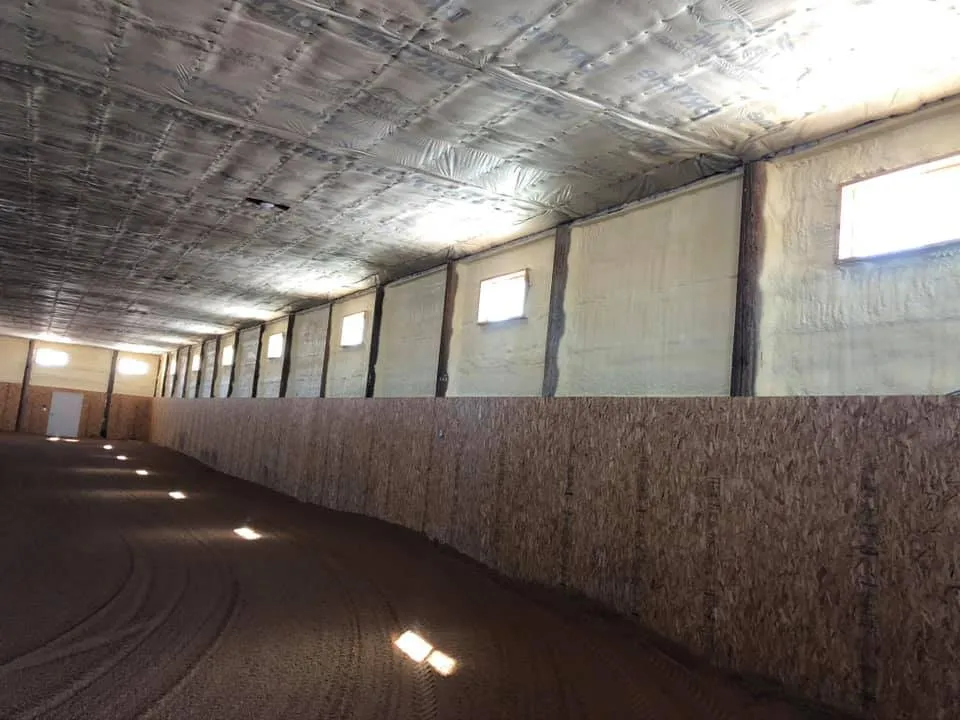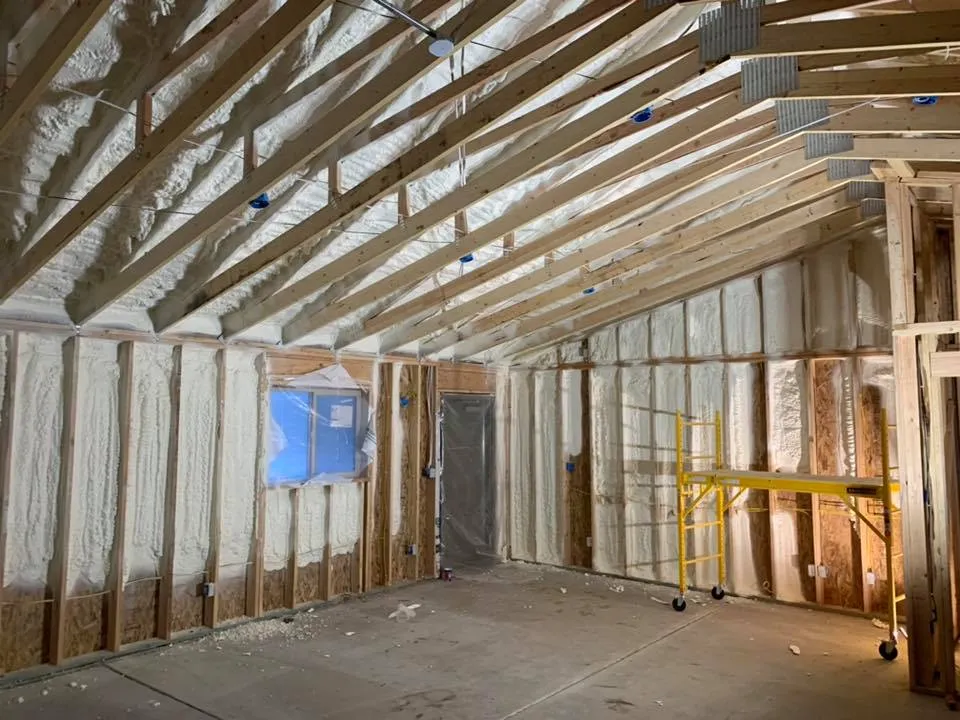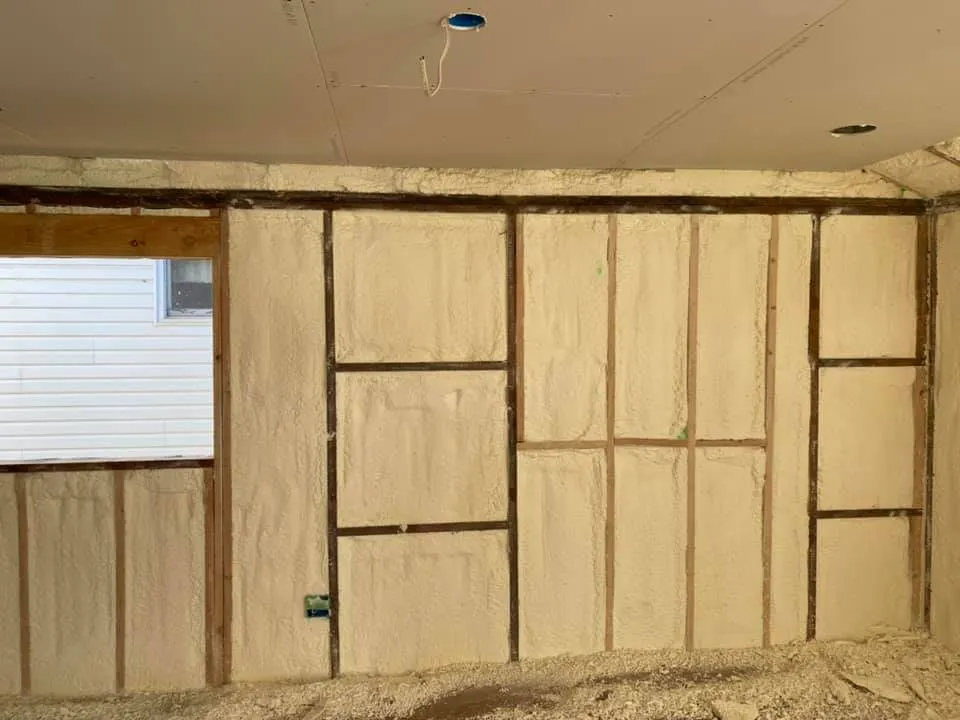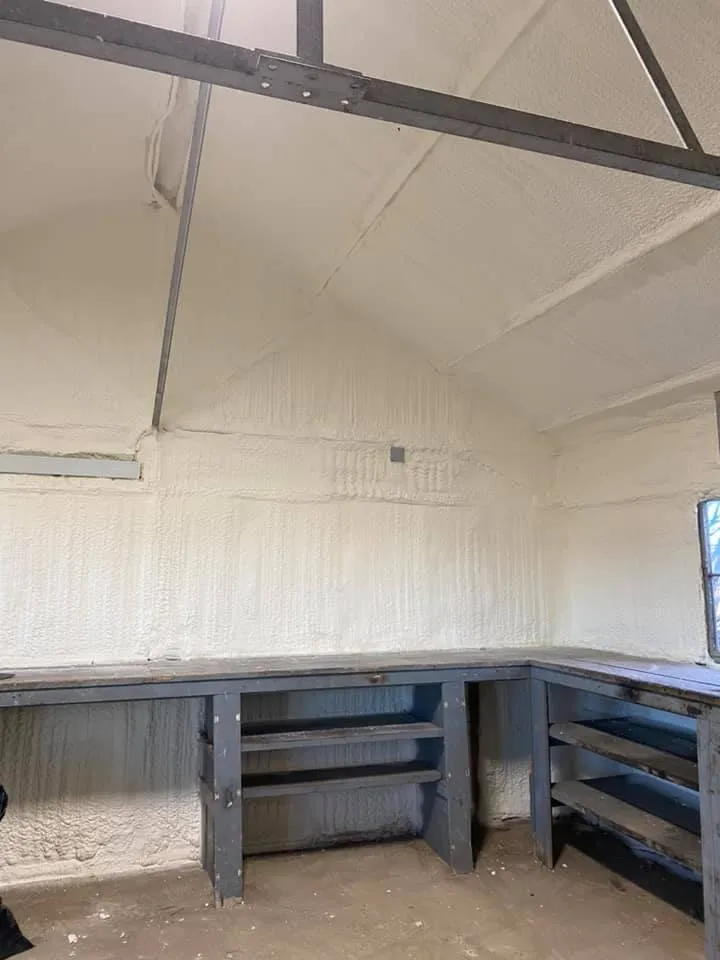

Ammon homeowners are switching to spray foam insulation primarily because it delivers superior air sealing combined with exceptional thermal performance, addressing Idaho’s extreme temperature variations more effectively than traditional insulation materials. This transition stems from spray foam’s ability to create a continuous thermal barrier that eliminates air leaks, reduces energy consumption by up to 50%, and provides structural reinforcement that traditional insulation cannot match.
The shift represents a fundamental change in how homeowners approach energy efficiency and comfort. Unlike fiberglass or cellulose that allow air infiltration through gaps and settling, spray foam expands to seal every crack and crevice, creating an airtight building envelope. High Country Solutions has observed this trend accelerating as homeowners experience immediate improvements in indoor comfort and significant reductions in utility bills following spray foam installations.
Idaho’s climate presents unique challenges with temperature swings ranging from -20°F in winter to over 100°F in summer. Traditional insulation materials struggle with these extremes, leading to thermal bridging and air infiltration that compromises energy efficiency. Spray foam addresses these issues through its dual function as both insulation and air barrier.
According to the Department of Energy, air infiltration accounts for 25-40% of heating and cooling energy loss in typical homes. Spray foam reduces this infiltration to near zero by expanding 30-60 times its liquid volume, filling microscopic gaps that other materials cannot reach. This expansion creates a seamless barrier that maintains its integrity across temperature fluctuations.
Bonus Tip: Install spray foam during moderate weather conditions (50-85°F) for optimal expansion and curing. Cold temperatures can slow the chemical reaction, while excessive heat can cause over-expansion.
| Insulation Performance Comparison | R-Value per Inch | Air Sealing Capability | Moisture Resistance | Structural Strength |
|---|---|---|---|---|
| Closed-Cell Spray Foam | R-6 to R-7 | Excellent | Excellent | High |
| Open-Cell Spray Foam | R-3.5 to R-4 | Excellent | Good | Moderate |
| Fiberglass Batts | R-3.1 to R-3.8 | Poor | Poor | None |
| Cellulose | R-3.2 to R-3.8 | Fair | Fair | None |
| Mineral Wool | R-3.0 to R-3.3 | Fair | Good | None |
The primary driver behind the spray foam transition is documented energy savings. Research from Oak Ridge National Laboratory shows homes with spray foam insulation consume 20-50% less energy than those with traditional insulation. These savings translate to substantial utility bill reductions, particularly important as energy costs continue rising.
Spray foam’s superior thermal performance stems from its ability to eliminate thermal bridging through building materials. Traditional insulation allows heat transfer through studs, plates, and other structural components. Spray foam coats these elements, creating a continuous thermal barrier that maintains consistent indoor temperatures with less HVAC system operation.
The air sealing properties contribute additional savings by reducing the load on heating and cooling systems. When conditioned air cannot escape and unconditioned air cannot enter, HVAC systems operate more efficiently and experience less wear. This efficiency extends equipment lifespan while maintaining optimal comfort levels.
Technical Specifications for Spray Foam Types
| Property | Closed-Cell Foam | Open-Cell Foam |
|---|---|---|
| Density | 2.0 lbs/ft³ | 0.5 lbs/ft³ |
| Vapor Permeability | 2.0 perms or less | 15+ perms |
| Compressive Strength | 25-30 psi | 3-5 psi |
| Application Thickness | 1-4 inches | 3-10 inches |
| Sound Reduction | Good | Excellent |
| Flood Resistance | High | Low |
Unlike traditional insulation that settles, compresses, or deteriorates over time, spray foam maintains its performance characteristics indefinitely. Fiberglass batts can lose up to 50% of their R-value due to compression and air gaps, while cellulose settles and creates thermal voids. Spray foam’s chemical structure remains stable, providing consistent insulation performance throughout the building’s lifespan.
Closed-cell spray foam adds structural integrity to buildings by bonding to framing materials and increasing wall strength by up to 300%. This added strength helps buildings resist wind loads and seismic forces, particularly valuable in Idaho’s earthquake-prone regions. The structural enhancement also reduces building movement that can create gaps in traditional insulation systems.
Moisture management represents another critical advantage. Closed-cell spray foam acts as a vapor barrier, preventing moisture infiltration that leads to mold growth, wood rot, and structural damage. Open-cell foam allows controlled moisture movement while preventing bulk water intrusion, making it suitable for different climate zones and building designs.
Several factors determine whether spray foam insulation suits your specific situation. Building age affects installation complexity, as older homes may require additional preparation or structural modifications before spray foam application. New construction offers the most straightforward installation process with optimal results.
Ventilation requirements change with spray foam installation since it creates an airtight building envelope. Mechanical ventilation becomes necessary to maintain indoor air quality, requiring integration with HVAC systems or installation of dedicated ventilation equipment. This consideration affects both installation complexity and ongoing operating costs.
Climate zone influences the choice between open-cell and closed-cell foam. Idaho’s mixed climate benefits from closed-cell foam in exterior applications for maximum thermal and moisture control, while open-cell foam works well in interior applications where vapor permeability is desired. Professional assessment determines the optimal combination for each project.
Bonus Tip: Schedule spray foam installation during dry weather conditions and ensure adequate curing time before enclosing walls. Humidity levels above 85% can affect foam quality and adhesion properties.

High Country Solutions provides comprehensive spray foam solutions tailored to Idaho’s climate conditions:
Remove existing insulation materials and clear access routes for equipment. Electrical and plumbing work should be completed before foam application. Cover items that cannot be removed and ensure adequate ventilation during installation.
Most residential applications require 1-2 days depending on square footage and complexity. Foam begins curing within minutes but requires 24 hours for complete hardening. Weather conditions can extend curing times.
Energy-efficient upgrades typically increase property values, with spray foam insulation commanding premium pricing due to long-term energy savings and improved comfort. Documentation of energy performance improvements supports higher valuations.
The transition to spray foam insulation represents a long-term investment in energy efficiency, comfort, and building durability. Success depends on proper material selection, professional installation, and integration with overall building performance goals. Homeowners should evaluate their specific climate challenges, energy costs, and comfort priorities when considering this upgrade.
Professional assessment determines the most effective spray foam strategy for each situation. Factors including building design, existing insulation condition, and budget constraints influence the optimal approach. The investment typically pays for itself through energy savings while providing immediate comfort improvements and long-term building protection.
Transform your home’s energy performance with professional spray foam insulation designed for Idaho’s challenging climate conditions. High Country Solutions combines technical expertise with quality materials to deliver superior results that reduce energy costs and enhance comfort for decades.
Contact High Country Solutions at [email protected] or (307) 248-9063 to schedule a comprehensive evaluation and receive a detailed proposal for your spray foam insulation project. Professional assessment ensures optimal material selection and installation techniques for maximum energy savings and comfort improvement.
Spray foam maintains consistent performance from -40°F to 180°F, making it ideal for Idaho’s climate variations. The material’s thermal expansion coefficient closely matches building materials, preventing thermal stress that can compromise other insulation types.
Properly installed spray foam requires no maintenance and does not settle or degrade over time. Occasional visual inspections ensure no physical damage has occurred, but the material’s chemical stability provides decades of consistent performance.
Installation requires temporary evacuation due to chemical vapors during application and initial curing. Most homeowners can return within 24 hours once proper ventilation has cleared residual odors and the foam has fully cured.
By eliminating air leaks that allow warm air to reach roof surfaces, spray foam significantly reduces ice dam potential. Consistent attic temperatures prevent the freeze-thaw cycles that create damaging ice formations along roof edges.
While caulking and weather-stripping address visible gaps, spray foam seals microscopic openings throughout the building envelope. This comprehensive approach eliminates air infiltration that other methods cannot detect or address effectively.


